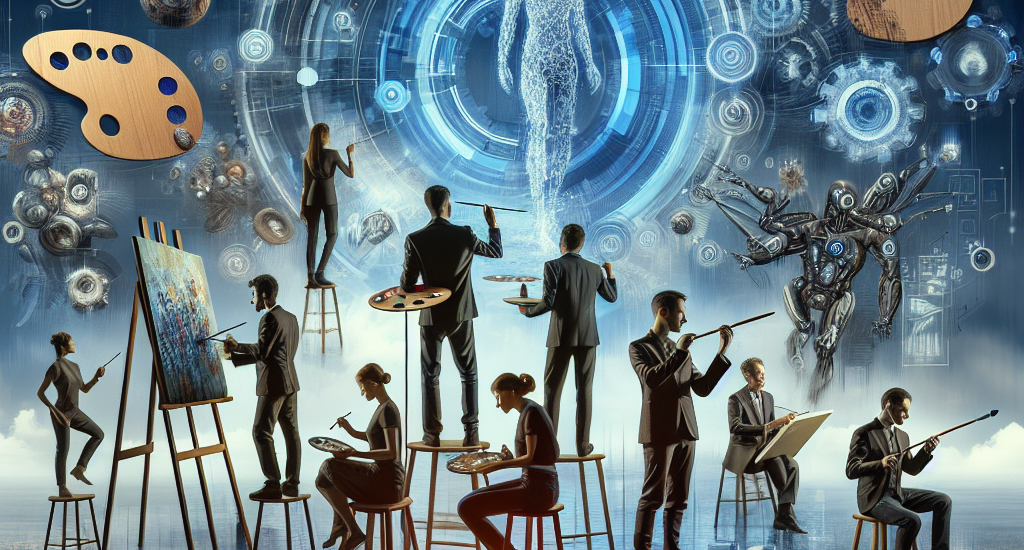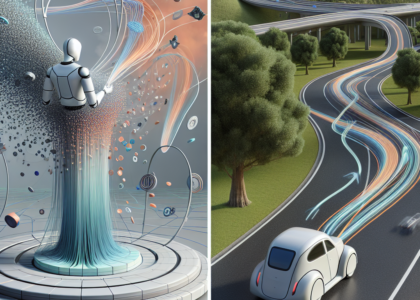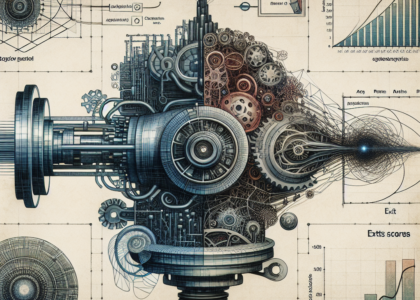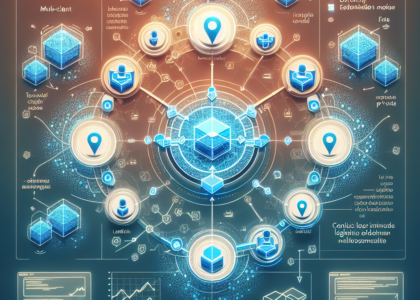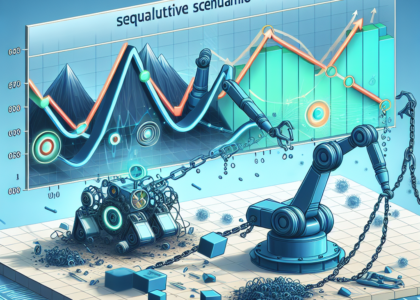Authors: Thomas F. Eisenmann, Andres Karjus, Mar Canet Sola, Levin Brinkmann, Bramantyo Ibrahim Supriyatno, Iyad Rahwan
Abstract: Novel capacities of generative AI to analyze and generate cultural artifacts
raise inevitable questions about the nature and value of artistic education and
human expertise. Has AI already leveled the playing field between professional
artists and laypeople, or do trained artistic expressive capacity, curation
skills and experience instead enhance the ability to use these new tools? In
this pre-registered study, we conduct experimental comparisons between 50
active artists and a demographically matched sample of laypeople. We designed
two tasks to approximate artistic practice for testing their capabilities in
both faithful and creative image creation: replicating a reference image, and
moving as far away as possible from it. We developed a bespoke platform where
participants used a modern text-to-image model to complete both tasks. We also
collected and compared participants’ sentiments towards AI. On average, artists
produced more faithful and creative outputs than their lay counterparts,
although only by a small margin. While AI may ease content creation,
professional expertise is still valuable – even within the confined space of
generative AI itself. Finally, we also explored how well an exemplary
vision-capable large language model (GPT-4o) would complete the same tasks, if
given the role of an image generation agent, and found it performed on par in
copying but outperformed even artists in the creative task. The very best
results were still produced by humans in both tasks. These outcomes highlight
the importance of integrating artistic skills with AI training to prepare
artists and other visual professionals for a technologically evolving
landscape. We see a potential in collaborative synergy with generative AI,
which could reshape creative industries and education in the arts.
Source: http://arxiv.org/abs/2501.12374v1

